Pre-Purchase Exams
If you are buying a horse, we strongly recommend that a full five stage pre-purchase examination (vetting) is carried out by an experienced veterinary surgeon to give you a comprehensive and detailed evaluation of the horse’s suitability for purpose.
The process of vetting a horse or pony is a standardised 5-stage procedure following outlines from the Royal College of Veterinary Surgeons and BEVA (British Equine Veterinary Association). PPEs are always carried out on the behalf of a specific purchaser with the aim of assessing factors of a veterinary nature that could prejudice the horse’s suitability for its intended use. The vet acts wholly in the interest of the purchaser and the opinion provided is tailored to the individual buyer’s needs and intended use for the horse. The PPE provides an assessment of the horse at the time of the examination to help the potential purchaser make an informed decision on the purchase. It is not a guarantee of the horse’s suitability for its intended purpose nor a safeguard against future ailments or injuries.
Our vets are happy to carry out PPEs on behalf registered and non-registered clients. If the animal is known to us the vet will request permission from the vendor for full disclosure of the horse’s clinical history to the purchaser. If this request is denied by the vendor our veterinary surgeon will decline to perform the PPE as he/she will not be able to act wholly in the interest of the purchaser.
The examination
The standard examination is conducted in five stages, although the exact sequence of the examination may vary. The stages are:
Stage 1: Preliminary examination
This is a thorough external examination of the animal at rest using visual observation, palpation and manipulation to detect clinically apparent signs of injury, disease or physical abnormality. It includes an examination of the incisor teeth, a thorough examination of the horse’s eyes in a darkened area and auscultation of the horse’s heart and lungs at rest. Examination of the eyes does not include dilating the pupil but should include examination of internal and external structures.
The examination does not include examination of the inside of the prepuce (sheath), a detailed mouth examination with a speculum, a height measurement or any examination for pregnancy.
Stage 2: Walk and trot, in hand
The animal is walked and then trotted in hand to detect abnormalities of gait and action. Ideally this is carried out on firm, level ground. The horse is turned sharply each way and is backed for a few paces. Flexion tests of all four limbs and trotting in a circle on a firm surface may be carried out if the examining veterinary surgeon considers it safe and appropriate to do so.
Stage 3: Exercise phase
The horse is usually ridden and given sufficient exercise to:
- Allow assessment of the horse when it has an increased breathing effort and an increased heart rate.
- Allow assessment of the horse’s gait at walk, trot, canter and, if appropriate, gallop.
- Allow assessment of the horse for the purpose of stage five.
If ridden exercise is not possible for any reason then this stage may be conducted by exercising the horse on a lunge, but this fact should be made clear to the purchaser and on the certificate.
Stage 4: Period of rest and re-examination
The horse is allowed to stand quietly for a period. During this time the respiratory and cardiovascular systems may be monitored as they return to their resting levels.
Stage 5: Second trot up
The animal is trotted in hand again to look for any signs of strains or injuries made evident by the exercise and rest stages.
Two stage vettings
Prospective purchasers may choose to have a ‘Two Stage’ vetting whereby only stages 1 & 2 are carried out by the veterinary surgeon. You should be aware, if requesting a two-stage examination, that this limited examination may not reveal certain conditions which may have been discovered during the course of a full 5 stage examination.
Additional options
Additional examinations may be required or advised at the time of the examination based on either insurance requirements or clinical findings. Radiographs, supplementary blood tests (eg for strangles, export or breeding mares) and endoscopy will only be undertaken at the request of the purchaser and the results will be recorded on the certificate.
What to do after the vetting
- Ensure you understand the certificate and any risks highlighted. Discuss all issues with the veterinary surgeon.
- If insurance is applicable, send the certificate to the insurance company BEFORE completing the purchase – in case of exclusions being placed on the policy.
Please contact us to discuss your requirements 01722 710046
